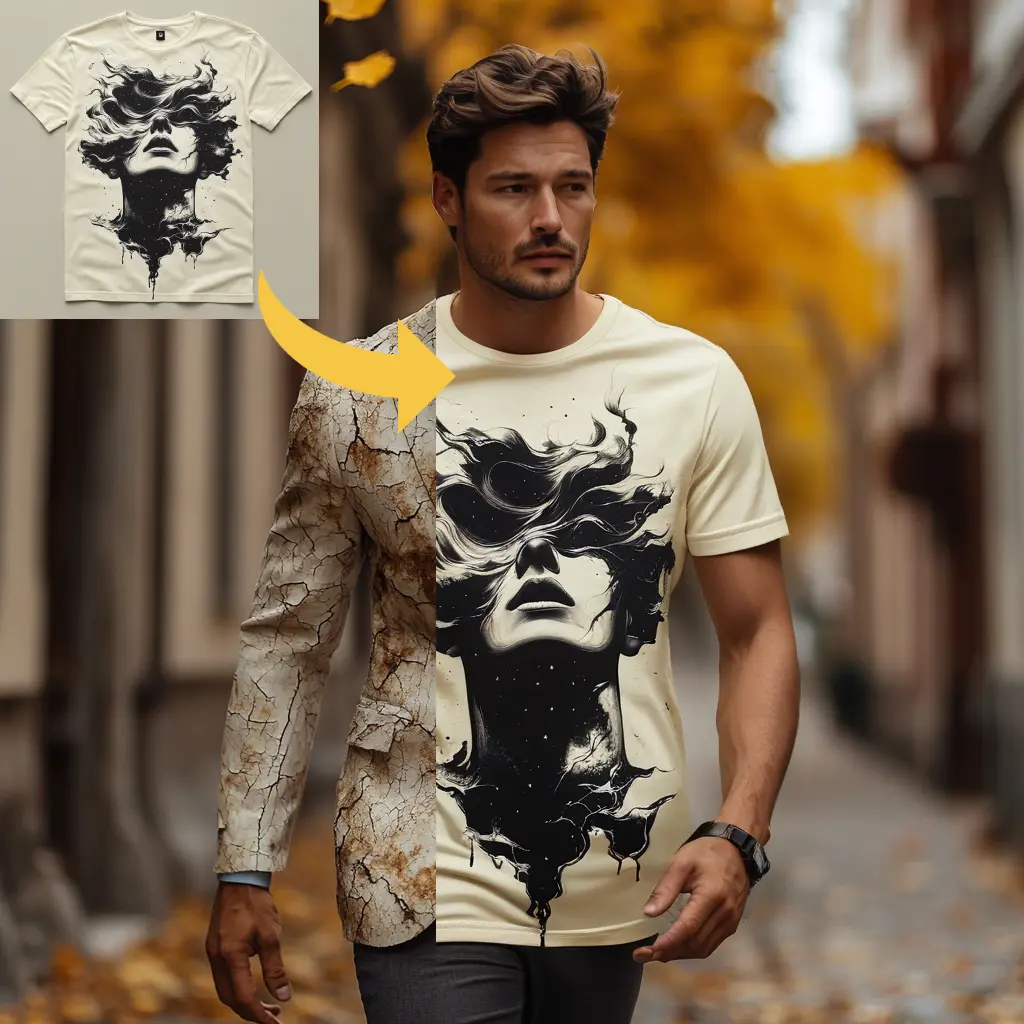ComfyUI Node: ImageEffectsLensVignette
ImageEffectsLensVignette
Categoryimage/effects/lens
Nourepide (Account age: 3130days) Extension
Allor Plugin Latest Updated
2024-05-22 Github Stars
0.25K
How to Install Allor Plugin
Install this extension via the ComfyUI Manager by searching for Allor Plugin- 1. Click the Manager button in the main menu
- 2. Select Custom Nodes Manager button
- 3. Enter Allor Plugin in the search bar
Visit ComfyUI Online for ready-to-use ComfyUI environment
- Free trial available
- 16GB VRAM to 80GB VRAM GPU machines
- 400+ preloaded models/nodes
- Freedom to upload custom models/nodes
- 200+ ready-to-run workflows
- 100% private workspace with up to 200GB storage
- Dedicated Support
ImageEffectsLensVignette Description
Simulate vignette effect in images for dramatic focus on central subject, customizable parameters for professional touch.
ImageEffectsLensVignette:
The ImageEffectsLensVignette node is designed to simulate the vignette effect commonly seen in photography, where the image's edges gradually darken compared to the center. This effect can add a dramatic focus to the central subject of the image, enhancing its visual appeal. The vignette effect is often used to draw attention to the main subject by subtly reducing the brightness or saturation around the edges. This node allows you to customize various parameters to achieve the desired vignette effect, making it a versatile tool for AI artists looking to add a professional touch to their images.
ImageEffectsLensVignette Input Parameters:
images
This parameter represents the input image or a batch of images to which the vignette effect will be applied. The images should be in a tensor format, typically with dimensions corresponding to batch size, height, width, and color channels.
lens_shape
This parameter defines the shape of the lens used to create the vignette effect. It influences how the vignette is applied across the image, affecting the overall aesthetic of the effect. The exact options for this parameter are not specified, but it typically includes shapes like circular, elliptical, or custom shapes.
lens_edge
This parameter determines the edge style of the vignette effect. Options include "around" for a uniform vignette around the edges and "symmetric" for a symmetrical vignette effect. The choice of edge style can significantly impact the visual outcome of the vignette.
lens_curvy
This parameter controls the curvature of the vignette effect. A higher value results in a more pronounced curvature, affecting how the vignette transitions from the center to the edges. This parameter allows for fine-tuning the smoothness of the vignette effect.
lens_zoom
This parameter adjusts the zoom level of the lens effect. Increasing the lens_zoom value will make the vignette effect more concentrated towards the center, while decreasing it will spread the effect more towards the edges. This parameter helps in controlling the intensity and focus of the vignette.
brightness
This parameter adjusts the brightness of the vignette effect. It allows you to control how much the brightness is reduced around the edges of the image. A higher value will result in a more noticeable darkening effect, while a lower value will produce a subtler vignette.
saturation
This parameter adjusts the saturation of the vignette effect. It controls the intensity of colors around the edges of the image. Increasing the saturation value will enhance the colors, while decreasing it will desaturate the edges, creating a more monochromatic vignette effect.
ImageEffectsLensVignette Output Parameters:
result
This output parameter provides the final image with the applied vignette effect. It is a tensor with the same dimensions as the input image, containing the modified pixel values after the vignette effect has been applied.
mask
This output parameter provides the mask used to create the vignette effect. It is a tensor that represents the intensity of the vignette effect across the image, with values indicating the degree of darkening or desaturation applied to each pixel.
ImageEffectsLensVignette Usage Tips:
- Experiment with different
lens_shapeandlens_edgesettings to achieve various artistic effects and find the one that best suits your image. - Adjust the
lens_curvyparameter to control the smoothness of the vignette transition, making it either more gradual or more abrupt. - Use the
brightnessandsaturationparameters to fine-tune the visual impact of the vignette effect, ensuring it enhances rather than overwhelms the main subject of the image.
ImageEffectsLensVignette Common Errors and Solutions:
ValueError: Not existing lens_edge parameter.
- Explanation: This error occurs when an invalid value is provided for the
lens_edgeparameter. - Solution: Ensure that the
lens_edgeparameter is set to either "around" or "symmetric". Double-check the input value for any typos or unsupported options.
RuntimeError: shape '[...]' is invalid for input of size [...]
- Explanation: This error may occur if the input image dimensions do not match the expected format or if there is a mismatch in tensor shapes during processing.
- Solution: Verify that the input images are in the correct tensor format and that their dimensions are consistent. Ensure that the batch size, height, width, and color channels are correctly specified.
ImageEffectsLensVignette Related Nodes
RunComfy is the premier ComfyUI platform, offering ComfyUI online environment and services, along with ComfyUI workflows featuring stunning visuals. RunComfy also provides AI Playground, enabling artists to harness the latest AI tools to create incredible art.




